you may remember my last answer, in which I explained that every instance of an object has a "name" and an INDEX. I referenced ifTable to show how ifIndex was used to refer to each instance of a row. While many (if not most) SNMP tables use a single INTEGER as the INDEX, it's actually possible to use any combination of primitive data types (there are tables that include an OID in the index, giving you an OID within an OID). The important thing is that the INDEX be unique for each row.
Based on the OID in your screenshot, it looks like you are dealing with ipAdEntIfIndex (from RFC 1213's IP-MIB). If you consult the MIB, you will find this definition for ipAddrEntry (representing a row in ipAddrTable):
ipAddrEntry OBJECT-TYPE
SYNTAX IpAddrEntry
MAX-ACCESS not-accessible
STATUS deprecated
DESCRIPTION
"The addressing information for one of this entity's IPv4
addresses."
INDEX { ipAdEntAddr }
::= { ipAddrTable 1 }
IpAddrEntry ::= SEQUENCE {
ipAdEntAddr IpAddress,
ipAdEntIfIndex INTEGER,
ipAdEntNetMask IpAddress,
ipAdEntBcastAddr INTEGER,
ipAdEntReasmMaxSize INTEGER
}
You can see here that it uses ipAdEntAddr as the INDEX, and that ipAdEntAddr is an IpAddress. The reason that the encoding in your screenshot looks funny is that it's encoded as part of an OID, not as an OctetString, as an IpAddress would normally be.
There are two different specifications that are relevant here. The first is the specification for the ASN.1 Basic Encoding Rules, which is not publicly available for free, but basically says that OID sub-identifiers can only use the lower 7 bits of each byte, and that the MSB is a flag indicating whether there are additional bytes in that sub-identifier. Hence the 0x01 in 0x81 gives bit 7, and 0x40 gives bits 0-6. If you put them together, you get 0xc0, which is 192.
The second specification is RFC 2578 (section 7.7), which defines how an INDEX is encoded within an OID:
The syntax of the objects in the INDEX clause indicate how to form
the instance-identifier:
(1) integer-valued (i.e., having INTEGER as its underlying primitive
type): a single sub-identifier taking the integer value (this
works only for non-negative integers);
(2) string-valued, fixed-length strings (or variable-length preceded by
the IMPLIED keyword): `n' sub-identifiers, where `n' is the length
of the string (each octet of the string is encoded in a separate
sub-identifier);
(3) string-valued, variable-length strings (not preceded by the IMPLIED
keyword): `n+1' sub-identifiers, where `n' is the length of the
string (the first sub-identifier is `n' itself, following this,
each octet of the string is encoded in a separate sub-identifier);
(4) object identifier-valued (when preceded by the IMPLIED keyword):
`n' sub-identifiers, where `n' is the number of sub-identifiers in
the value (each sub-identifier of the value is copied into a
separate sub-identifier);
(5) object identifier-valued (when not preceded by the IMPLIED
keyword): `n+1' sub-identifiers, where `n' is the number of sub-
identifiers in the value (the first sub-identifier is `n' itself,
following this, each sub-identifier in the value is copied);
(6) IpAddress-valued: 4 sub-identifiers, in the familiar a.b.c.d
notation.
An IpAddress is simple, because it's represented as dot-separated integers, just like an OID.
